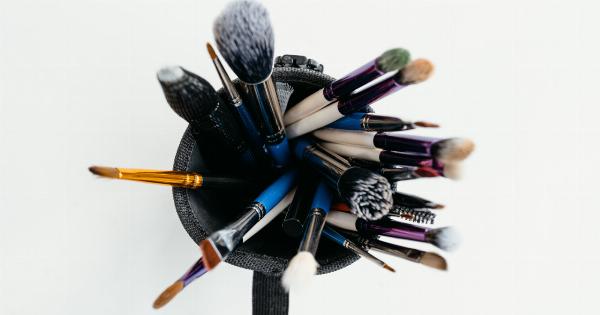Pimples, also known as acne, are a skin condition that affects millions of people around the world.
While most pimples are harmless and clear up on their own, for some people, this condition can be a source of embarrassment, low self-esteem, and even depression. In this article, we will explore the factors that contribute to the development of pimples and how to prevent them.
1. Hormones
One of the primary causes of pimples is hormonal imbalances in the body. Hormones, such as androgens, cause the sebaceous glands in the skin to produce excess oil, clogging the pores and leading to pimples.
This is why many teenagers develop acne during puberty, as their hormonal levels are fluctuating rapidly. Hormonal imbalances can also cause adult acne in women, especially during pregnancy, menstrual cycles, and menopause.
2. Genetics
Another factor that contributes to the development of pimples is genetics. Those who have a family history of acne may be more likely to develop pimples themselves.
This is because certain genes can affect how the skin reacts to hormonal changes and inflammation. If your parents or siblings had severe acne, you may be more prone to developing it as well.
3. Diet
Your diet can also play a role in the development of pimples. Studies have found that foods high in sugar, refined carbs, and dairy products can cause acne. These foods cause inflammation in the body, leading to excess sebum production and clogged pores.
To prevent pimples, it is essential to eat a healthy, balanced diet that includes fruits, vegetables, whole grains, and lean protein.
4. Stress
Stress can have a significant impact on your skin health. When you are stressed, your body produces hormones such as cortisol, which can lead to increased oil production and inflammation in the skin, leading to pimples.
To reduce stress levels, it is crucial to engage in stress-reducing activities such as yoga, meditation, or spending time with loved ones.
5. Skincare Products
Using the wrong skincare products can also contribute to the development of pimples. Products that contain comedogenic ingredients, such as mineral oil or petrolatum, can clog pores and lead to pimples.
It is essential to choose products that are non-comedogenic and suited for your skin type.
6. Environmental Factors
Environmental factors such as pollution, humidity, and temperature can also contribute to pimples. When the skin is exposed to pollutants, it can become clogged, leading to acne. Similarly, high humidity can increase oil production, causing clogged pores.
It is essential to keep the skin clean, moisturized, and protected from environmental factors to prevent pimples.
7. Medications
Some medications can also cause pimples as a side effect. For example, some types of birth control pills can increase oil production, leading to acne. Similarly, some medications for epilepsy, depression, and anxiety can cause acne.
If you are taking medications and are experiencing pimples, it is essential to talk to your doctor.
8. Lack of Sleep
A good night’s sleep is crucial for overall health, including skin health. When you are sleep-deprived, your body produces more stress hormones, leading to increased oil production and inflammation in the skin.
This can lead to the development of pimples. It is essential to get at least 7-8 hours of sleep each night to keep your skin healthy.
9. Poor Hygiene
Not keeping the skin clean can also contribute to pimples. When dirt, dead skin cells, and oil accumulate on the skin’s surface, they can clog pores and cause acne.
It is essential to wash your face twice a day with a gentle cleanser and avoid touching your face with your hands, as this can transfer bacteria to the skin.
10. Hormonal Changes
In addition to puberty, other hormonal changes can lead to the development of pimples. For example, some women may experience acne during their menstrual cycles due to hormonal fluctuations.
Similarly, women going through menopause may be prone to pimples due to the decrease in estrogen levels. Hormonal changes can affect sebum production and inflammation in the skin.































